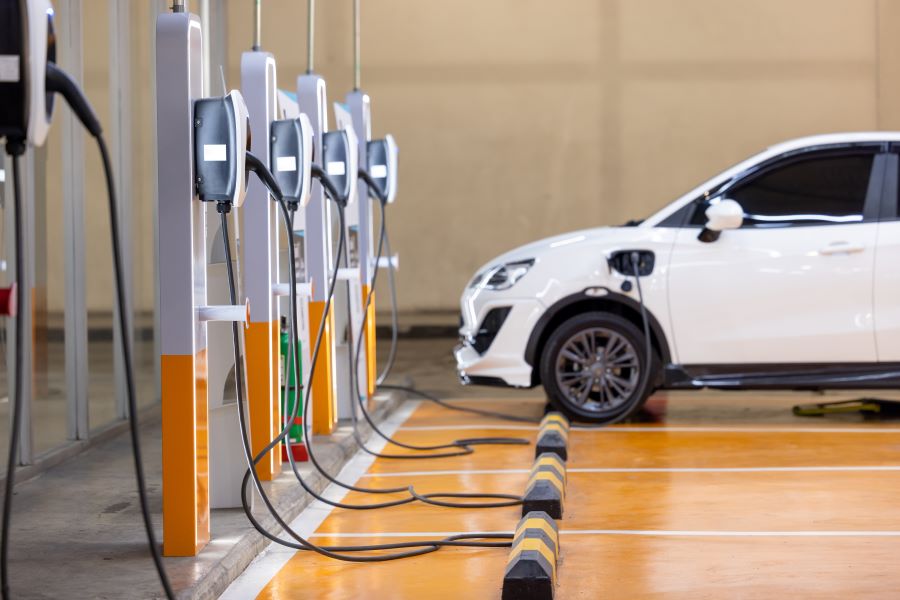EV charging habits that extend battery health
Small changes to how and when you charge an electric vehicle can meaningfully affect battery longevity. By understanding charging rates, state of charge windows, and how temperature and driving patterns influence degradation, drivers and fleet managers can adopt practical routines that preserve capacity and usable range over years of use.

How does charging behavior affect batteries?
Frequent use of high-power DC fast charging increases battery temperature and accelerates chemical aging compared with moderate AC charging. Batteries are happiest when kept in a middle state of charge rather than swung repeatedly between very low and very high percentages. Long-term capacity loss is often linked to repeated exposure to extreme states of charge and heat, so adjusting charging cadence—such as avoiding repeated full charges and prolonged stays at 100%—reduces stress on cells.
What charging practices improve maintenance?
Aim to charge up to a recommended daily target—many manufacturers suggest 80–90% for routine charging—and save 100% for long trips. Use lower-power Level 2 charging for overnight tops-ups instead of frequent DC fast charging, and allow the battery to cool before high-rate charging when possible. If your vehicle supports scheduled charging, set it to finish near departure time to limit time spent at a high state of charge. These habits form part of sensible maintenance and help slow irreversible capacity loss.
How can efficiency, fuel replacement, and emissions be preserved?
Driving with smoother acceleration and regenerative braking tuned to your commute improves energy efficiency and reduces the depth of discharge per trip, indirectly reducing battery wear. Efficient routes and proper use of navigation that prioritizes steady speeds or avoids heavy congestion can lower charging frequency. These measures reduce energy consumption, lessen the need for rapid top-ups, and, when aggregated across a vehicle fleet, contribute to lower overall emissions and fuel-equivalent demand.
What role do telematics and navigation play?
Telematics systems can monitor battery health trends—state of charge, charge rates, and temperature patterns—and alert drivers or fleet managers to behaviors that accelerate degradation. Connected navigation that optimizes routes for energy efficiency or identifies appropriate chargers (for rate and availability) further reduces unnecessary fast charging. For fleets, telematics allows scheduled charging during cooler periods or off-peak hours, balancing operational needs with battery-preserving practices.
How do tires, brakes, and driving style matter?
Vehicle maintenance components like correctly inflated tires and properly adjusted brakes influence rolling resistance and regenerative braking effectiveness, changing energy usage and required charging cycles. Aggressive driving increases energy draw and forces deeper discharges; consistent, calm driving reduces stress on the battery. Regular maintenance checks on tires and brakes not only enhance safety but also contribute to steady efficiency and fewer extreme charge-discharge events for the battery.
How should commute and fleet patterns adapt charging habits?
For commuters, prioritize home or workplace Level 2 charging and avoid daily reliance on high-power public chargers. Schedule charging so the battery reaches target SOC just before departure and avoid topping to 100% unless necessary. For fleet operations, stagger charging times to minimize peak load and implement charge thresholds—start charging when SOC drops to a set lower limit and stop before reaching full charge unless required for range. These adjustments extend battery life and ensure predictable availability.
Conclusion Adopting deliberate charging routines—moderate use of DC fast chargers, keeping state of charge in mid-range for daily driving, leveraging telematics for smarter scheduling, and maintaining tires and brakes—helps preserve battery capacity over time. Small behavioral and operational changes can collectively reduce degradation, maintain usable range, and support long-term vehicle value without compromising everyday usability.





